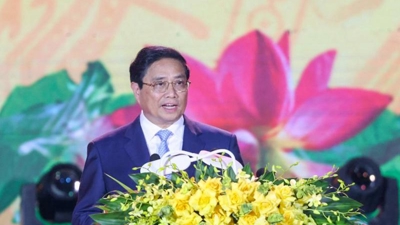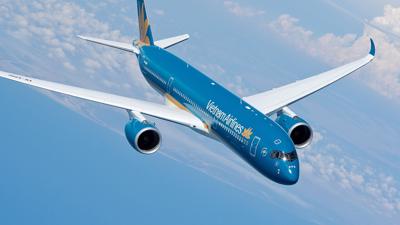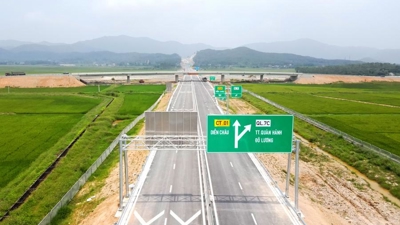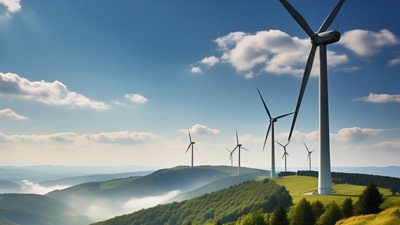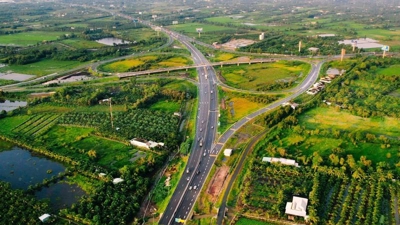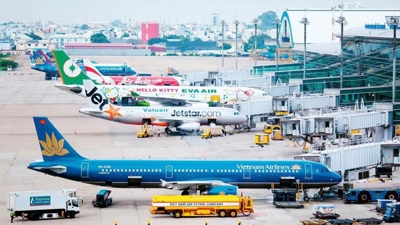VinaCapital: Tourism surge boosts Vietnam’s economy
The industry's growth expected to contribute more than 1 percentage point to GDP growth this year, according to Mr. Michael Kokalari, Chief Economist at VinaCapital.

Directly and Indirectly Boosting Vietnam’s Economy
VinaCapital noted that the number of international tourists visiting Vietnam surged 65 per cent year on year in the first 5 months of 2024, and is now slightly above pre-COVID levels, despite the fact that Chinese tourist arrivals in Vietnam - and in the rest of Asia - remain well below 2019 levels. Chinese tourists previously accounted for one-third of Vietnam’s total foreign tourist arrivals and China only reclaimed its position as the largest source of visitors to Vietnam last month for the first time since COVID.
“The ongoing recovery of Chinese tourist arrivals, coupled with the current, extraordinary desire of Americans to travel, means that the total number of foreign tourists visiting Vietnam will likely exceed pre-COVID levels by more than 5 per cent this year,” said Mr. Kokalari.
Foreign tourism accounted for about 8 per cent of Vietnam’s GDP, pre-COVID (versus 12 per cent in Thailand), so its continued tourism recovery in 2024 should add over 1 percentage point to the country’s GDP growth this year, after having boosted GDP growth by more than 4 percentage points last year. Domestic tourism accounts for an additional 4 per cent of Vietnam’s GDP, but domestic tourism had already fully recovered last year, therefore, the increased spending by domestic tourists will not make a major contribution to the country’s GDP growth this year.
The recovery in foreign tourist arrivals after Vietnam re-opened its borders was initially driven by South Korean and American tourists, and then by Chinese, since China lifted its “Zero COVID” restrictions in 2023. Vietnam also eased its tourist visa requirements last year, which helped boost the revenues of travel-related companies this year.
Finally, hotel room occupancy in Vietnam is still about 20 per cent below pre-COVID levels, primarily because Chinese tourist arrivals are still 25 per cent below pre-COVID levels. Chinese and Russian tourists account for a significant proportion of the “mid-market” traveler cohort, a segment of the market that has not fully recovered, in our understanding. However, higher end properties such as the Hanoi Metropole, the Fusion Resorts and other premium properties owned and operated by Lodgis are above pre-COVID levels.
The Recovery in Chinese and US Tourist Arrivals
In the 5-month period, the number of Chinese tourists visiting Vietnam soared by more than 300 per cent, reaching 75 per cent of pre-COVID levels. The Chinese Tourism Academy expects outbound Chinese tourism to exceed 80 per cent of pre-COVID levels this year, so we are expecting Vietnam’s Chinese tourist arrivals to recover from 30 per cent of pre-COVID levels last year, to 85 per cent this year. That partial recovery is the basis for VinaCapital’s forecast that Vietnam’s total tourist arrivals will recover from 70 per cent of pre-COVID levels last year to 19 million arrivals, or about 105 per cent of pre-COVID levels this year.
China and Japan are the world’s only two major countries in which outbound tourism has not yet recovered to pre-COVID levels (China was the world’s highest spending outbound tourism market, pre-COVID). China’s weak recovery stems from the fact that the country only dropped its Zero COVID restrictions last year and from the relatively weak state of the country’s economy, although China’s domestic tourism spending is expected to exceed pre-COVID levels this year. Meanwhile in Japan, the dramatic plunge in the value of the Yen is impeding outbound tourism.
US Spending Spree Supporting Tourism in Vietnam
A recent Wall Street Journal (WSJ) article highlighted that an unprecedented amount of cash is being put in the pockets of millions of Americans from their surging investment income - and savers are spending some of that newfound income on luxuries like travelling abroad. The interest and dividend income US savers earn is on track to jump nearly by 5 times from $770 billion in 2020 to $3.7 trillion and there is ample evidence that consumers are spending some of that income on travelling.
Besides, US airports had three record-breaking days over the last month and according to another WSJ article published last week, “Europe has a New Economic Engine: US Tourists”. In Vietnam, US tourist arrivals are well above pre-COVID levels and spending by those relatively affluent travels helps explain the high occupancy rates of upscale hotels.
“We expect the number of foreign tourists visiting Vietnam to increase by 40 per cent this year - after having leapt by nearly 250 per cent last year – driven by the continued recovery of outbound Chinese tourism,” Mr. Kokalari said.
Foreign tourism accounted for about 8 per cent of Vietnam’s GDP pre-COVID, so the initial recovery in Vietnam’s tourism sector - following the re-opening of the country’s borders in March 2022 - added more than 4 percentage pts to last year’s GDP growth. “We also expects the continued recovery of tourist arrivals to add more than 1 percentage point to Vietnam’s GDP growth this year,” Mr. Kokalari remarked.



